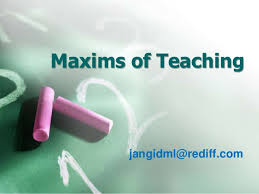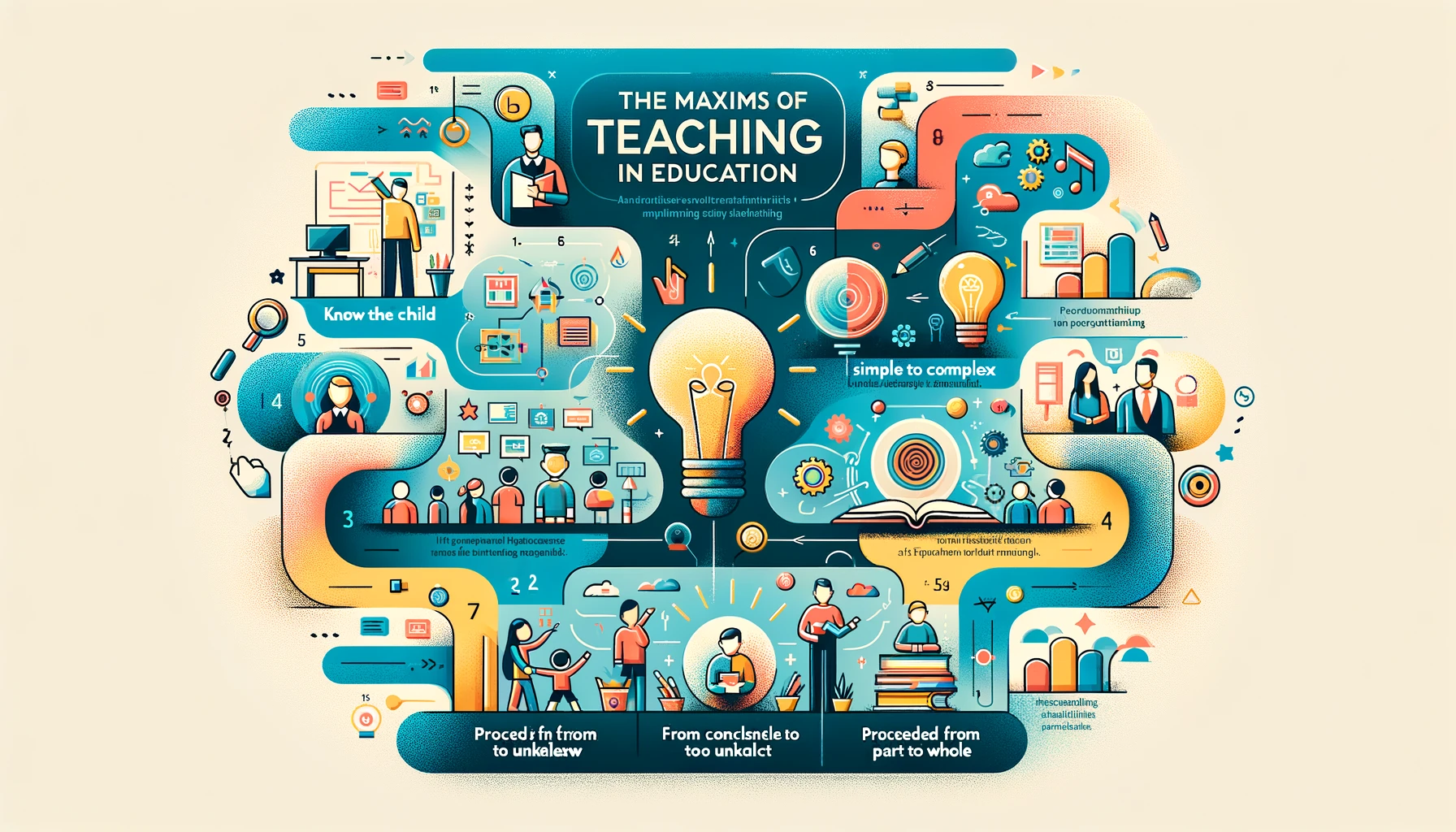Maxims of Teaching are the universal facts found out by the teacher on the basis of experience. They are of universal significance and are trustworthy. The knowledge of different maxims helps the teacher to proceed systematically. It also helps to find out his way of teaching, especially in the early stages of teaching.

The different maxims of teaching are briefly explained below.
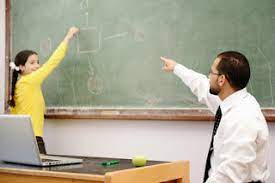
Known to Unknown:
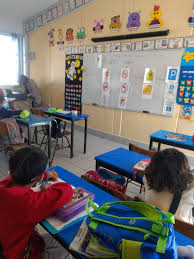
This maxim is based on the assumption that the student knows something. We are to increase his knowledge and widen his outlook. We have to interpret all new knowledge’ in terms of the old. It is said that old knowledge serves as a hook on which the new one can be hung. Known is trustworthy and unknown cannot be trusted. So while teaching we should proceed from known and go towards unknown. For example, while teaching any lesson, the teacher can link the previous experiences of the child with the new lesson that is to be taught Teaching of English
Simple to Complex:
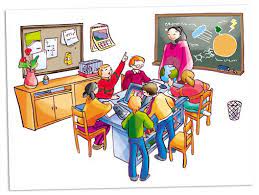
Class-room teaching is formal where the teacher tries to teach and the students try to learn things. In this process of teaching-learning, the teacher should see those simple things are presented first to the students. That way they will start taking an interest. Once they become interested, thou gradually complex type of things can also be learnt by them. By learning simple things, they feel encouraged and they also gain confidence. On this basis, they become further receptive to the complex matter. On the other hand, if complex types of things are presented to the learner first, he becomes, upset, feels bored and finds himself in a challenging situation lot which he is not yet ready being immature and unripe.
Gradually more difficult items of learning may be presented to the students. It will smoothen teaching being done by the teacher and make learning convenient and interesting for the students.
For example, while teaching sentences of English simple sentences should be taught first and complex type of sentences may be taken afterwards.
Concrete things are solid things and they can be touched with five senses. But abstract things can only be imagined. So it is rather difficult to teach children about abstract things. The students are likely to forget them soon. On the other hand, if we teach the students with the help of concrete objects, they will never forget the subject matter.
For example, when we teach counting to the students we should first examine concrete nouns like, laptop, book, Pen etc. and then proceed to digits and numbers. The stars, the moon, the sun etc. being taught first whereas the abstract thing: like a planet, satellites etc. should be taught afterwards.
How The knowledge of Different Maxims of Teaching Helps The Teacher To Proceed With More Confidence
Analysis of synthesis.
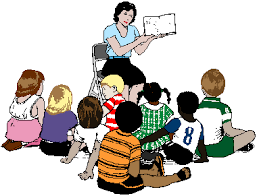
Analysis means breaking a problem into its convenient parts while synthesis means the grouping of these separated parts into one complete whole. A complex problem can be made simple and easy by dividing into different parts.
“Analysis is the approach for understanding and synthesis is for fixation.” Analysis of a sentence’ is taught to students, that helps the students to understand the different parts of a sentence. Later on, the synthesis of sentences should be taught.
Particular to General:
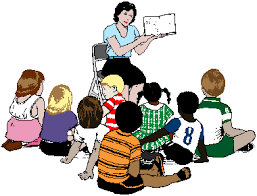
While teaching, the teacher should, first of all, take particular statements and then on the basis of those particular cases, generalization should be made. Suppose the teacher is teaching Present Continuous Tense while Teaching English, he should, first of all, give a few examples and then on the basis of those that make them generalize is that this tense is used to denote an action that is going on at the time of speaking.
Empirical to Rational.

Empirical knowledge is based on observation and firsthand experience. II is particular concrete and simple. We can see, feel and experience it on the other hand; rational is based on our arguments and explanation. The stage of arguments is the last whereas seeing things or feeling them is the first stage. Empiric.il is less general statements whereas rational is more general statements. So the safe approach in teaching is that we should proceed from empirical to rational. It is a journey from less mental maturity to more mental maturity.
Induction to Deduction

Induction means drawing a conclusion from a set of examples whereas deduction is its opposite. The teacher should proceed from induction to deduction. For example, in English, while teaching the conversion of active voice into passive voice, the teacher should first convert a few sentences of active into the passive voice and on the basis of those conclude the general rule for a conversation of active voice in to passive voice.
Psychological to Logical.

While teaching, the teacher should first keep in mind the interest, aptitudes, capacities, development level etc. of the children during the selection of subject matter and then on to its logical arrangement.
In teaching English, the structures are selected as per the needs and requirements of the students and then arranged in a logical way. The psychological appeal of the thing is more important at the early stages. Then the’ logic behind it should be seen.
Actual to Representative.

For teaching excellently, actual objects should be, shown to the children as far as possible. It gives them concrete learning which is more desirable. The learners are able to retain it in their minds for quite a long time. Especially in the lower classes, first-hand information to the students impresses them a good deal. Representative things in the form of pictures, models; etc. should be used for the grown-ups or the seniors who are already familiar with the actual objects.
For example, the teacher should show the elephant, the camel, the horse, the railway station, the post office etc. and thereby he should make them understand about these things. The representative of these things in the form of pictures or models may be used at later stages.
Near to Afar.

Every child is able to learn well in the surroundings to which he belongs. So the child should be acquainted fully with his immediate environment. Gradually he may be taught about those things which are far from his immediate environment. This principle, if kept in view, will smoothen the leaching-learning process considerably.
Thus the child should be taught the home, followed by the street, the bazaar, the school and then the distant environment of the city to which he belongs. In the same way, acquaintance with the city should lead to acquaintance with the Tehsil, the District, the Division, the Stale and then the Country as a whole. This type of teaching will be incremental and will be step by step learning. The textbook writer who writes books for the small children should also place the different chapters in his bookkeeping in view this principle. Then only his book will stand better chances of approval by all concerned.
Whole to Part.

In teaching, the teacher should try to acquaint the child with the whole lesson first and then the different portions of it may be analyzed and studied intensively. This principle holds good while teaching a thing to the small children. At the early stages, the child loves to speak full sentences because in daily life situations, full sentences are used. The child should be given a full sentence. Then he may have full familiarity with the different words contained in that sentence. Later he may have the knowledge of words. Then he will have the knowledge of different letters forming the words.
Suppose a poem is to be taught to the students. They should be acquainted with the full poem first. Gradually they may be asked to grasp the poem stanza by stanza In the case of average students, their first attempt may be on full stanza, taking it as a whole and then to the different lines con I. lined in the stanza as parts. It will help the teacher to teach better and the learners to learn things conveniently.
Definite to Indefinite.

In teaching, definite things should be taught first because the learner can easily have faith in them. Then afterwards he should give the knowledge of indefinite things. Definite things, definite rules of grammar help the learner to have good knowledge. Gradually he can be taught about indefinite things.
The above-given maxims are only hints and guidelines for the teacher, especially at the initial stages. He may use them if he finds some of them useful in his teaching situations. In some situations of classroom teaching, he may not use them if he feels so. The teacher should keep the maxims in his hand and he should remain their master. Then only the different maxims will remain tools and yield a better result.
